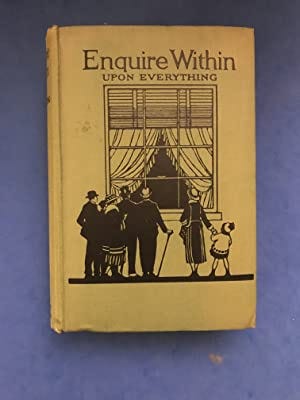The Internet of Maps and Oracles §

- Author: Matt Locke
- Full Title: The Internet of Maps and Oracles
- Document Note: The text discusses the history of the internet, the development of the World Wide Web, and the current debate surrounding Large Language Models (LLMs) and Artificial Intelligence (AI). It argues that LLMs and AI should not be seen as oracles, but rather as a new kind of map. The map, or knowledge graph, provides connections between objects and understands the meaning of these connections. It is suggested that LLMs should be seen as maps of places that are too complex to comprehend, and that they should be used to ask new questions, not to replace human thought. Finally, it is argued that by understanding the boundaries of these new tools, we can use them to produce and share knowledge.
- URL: https://open.substack.com/pub/howtomeasureghosts/p/the-internet-of-maps-and-oracles?utm_source=share&utm_medium=android
Highlights §
- The history of the internet is littered with things that look like oracles, but are actually maps. (View Highlight)
- The current frenzied debate about Large Language Models and Artificial Intelligence is partly because tools like ChatGPT look, on the surface at least, like oracles (View Highlight)
- The difference between screen-based search and voice based search is the difference between a map and an oracle - on screens we’re given a list of search results to navigate, whilst in voice based search we’re not read a list of potential links - we’re given an answer. (View Highlight)
- When you are trying to build an oracle, you have an incredible responsibility to ensure that this answer is right. (View Highlight)
- LLMs are dynamic, and can be made ‘weird’ by changing the parameters used to shape the topological space your prompt ricochets around. This is what made me realise that they are maps not oracles. The hallucinatory responses in ChatGPT are not answers - they are paths within a multidimensional space of knowledge, helping us map out those spaces and understand its hills and valleys. (View Highlight)
- The reason we don’t immediately recognise these tools as maps is partly because of the conversational interface, but also because the spaces within LLM are multi-dimensional. (View Highlight)
- LLMs map the contours of massive corpuses of knowledge in a way that can reveal biases and structures in really interesting ways. (View Highlight)
- Brier is using ChatGPT to bring a fuzzy answer into a bit more focus, in the way that only LLMs can do. It’s a bit like doing audience research in a multidimensional space with millions of contributors all at once. (View Highlight)
- By testing the boundaries of their abilities and weaknesses, we’re beginning to understand what kind of maps they are, and what kinds of things we can use them to understand. This feels really exciting to me, way more exciting than the idea that they are oracles that can replace human thought. (View Highlight)
- The internet has never been an oracle, and the answers we can find have always been, and will always be, fuzzy. We are, again, building a new kind of map, one that, like the World Wide Web and Freebase before it, will give us new ways to understand, produce, and share knowledge (View Highlight)
